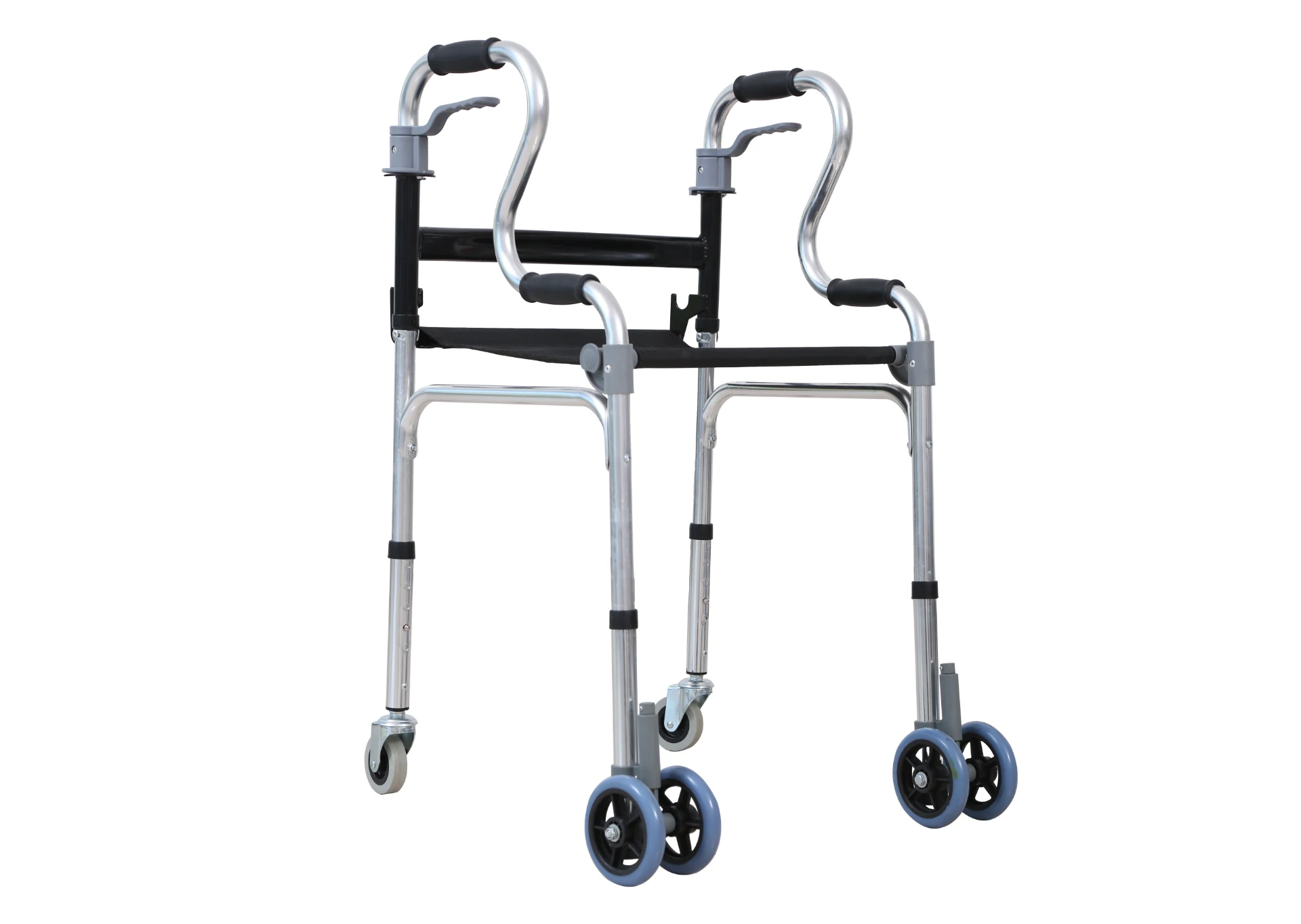Welcome to our websites!
Setting Up Hospital Beds for Optimal Patient Care and Comfort
Setting Up Hospital Beds A Comprehensive Guide
Setting up hospital beds is a critical component of ensuring adequate patient care in any healthcare environment, whether in a busy hospital, a nursing home, or even in a home healthcare setting. Properly configured beds help improve patient comfort, facilitate easier care, and maximize the effectiveness of medical interventions. This article outlines the essentials of hospital bed setup, including considerations for ergonomics, safety, and hygiene.
Understanding Different Types of Hospital Beds
Before setting up a hospital bed, it is important to understand the various types available. There are manual, semi-electric, and fully electric hospital beds, each designed to meet different patient needs
1. Manual Beds These require staff to adjust the height and head or foot positions manually. While they are less expensive, they can be physically demanding for caregivers.
2. Semi-Electric Beds These beds allow the head and foot positions to be adjusted electronically, while the height still needs to be adjusted manually. They strike a balance between cost and ease of use.
3. Fully Electric Beds Offering the highest level of convenience, these beds can adjust all positions electronically, making them suitable for both patients and caregivers, especially for those with mobility issues.
Step-by-Step Setup Process
1. Selecting the Location Choose a location that provides ample space for the bed and access to necessary medical equipment. Ensure that the area is free from clutter to prevent accidents.
2. Bed Assembly If the bed requires assembly, follow the manufacturer’s instructions carefully. Ensure that all components are securely attached and that the bed frame is sturdy.
3. Adjusting Height and Position For electric beds, set the height to accommodate caregivers safely. The ideal height is usually around waist level of the caregiver, allowing easy patient transfers. Adjust the head and foot positions based on the patient's comfort and medical needs.
4. Mattress and Bedding Use a specialized hospital mattress that offers pressure relief and supports patient comfort. Place a waterproof cover on the mattress to protect it from spills and accidents. Dress the bed with clean, fitted sheets, and ensure that bed linens are free of wrinkles to reduce the risk of pressure ulcers.
5. Incorporating Accessories Equip the bed with necessary accessories such as side rails, bed alarms, and a bedside table. Side rails help in preventing falls, especially for patients with limited mobility. Ensure that they are installed correctly and can be easily operated.
hospital bed set up

6. Safety Checks Conduct a thorough safety inspection of the bed. Check for any loose screws or parts, ensure that the brakes on the wheels are functioning, and confirm that all electrical components are safe and properly insulated.
Ergonomics and Patient Comfort
One of the key objectives in setting up a hospital bed is to promote a comfortable and ergonomic environment for the patient. Consider the following
- Adjusting the Angle Elevating the head of the bed can help with breathing and digestion. Ensure that the angle is comfortable for the patient and doesn’t strain their neck or back.
- Proper Lighting Make sure that the bed area has adequate lighting for reading or nighttime activities while still being comfortable for rest. Bedside lamps that can be easily turned on and off are beneficial.
- Access to Call Buttons Position call buttons within easy reach of the patient so they can alert staff when they need assistance.
Hygiene and Infection Control
Maintaining cleanliness and hygiene around the hospital bed is essential in preventing infections
- Frequent Cleaning Regularly clean the bed frame, mattress, and linens to eliminate pathogens. Use appropriate disinfectants that are effective against a broad spectrum of bacteria and viruses.
- Bed Management Practices Implement proper protocols for changing linens and managing patient waste. Minimize clutter around the bed to ease cleaning efforts.
Conclusion
Setting up a hospital bed is not just about the physical configuration; it is a holistic approach that encompasses patient comfort, caregiver safety, and hygiene practices. By following these guidelines, healthcare providers can create a nurturing environment that supports recovery and promotes well-being. Proper bed setup can significantly enhance the patient experience, making it an integral part of quality care in any healthcare setting.
-
Transforming Healthcare with Hospital FurnitureNewsJun.24,2025
-
Rehabilitation EquipmentNewsJun.24,2025
-
Mobility and Independence with WheelchairsNewsJun.24,2025
-
Freedom of Mobility with Our Rollator WalkersNewsJun.24,2025
-
Comfort and Independence with Commode ChairsNewsJun.24,2025
-
Bathing Safety and Independence with Shower ChairsNewsJun.24,2025
-
Navigating the Wholesale Landscape of Electric Mobility Solutions: Key Considerations for Power Wheelchair DealersNewsJun.10,2025











